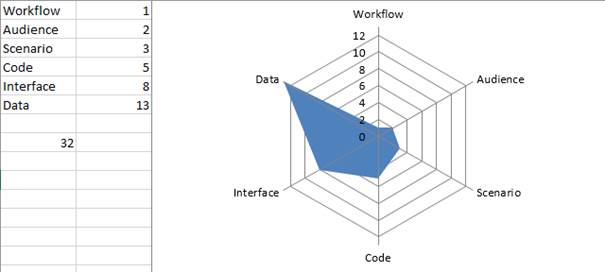WASCID
WASCID is a heuristic (and yes, a mnemonic) that helps me identifying regression content when doing an impact analysis of a new user story. Or in other words: What the hell could possibly be broken when we do this?
WASCID stands for
- Workflow
- Audience
- Scenario
- Code
- Interface
- Data
Every of these aspects is looked at on its own at first, although there may be overlapping areas of course.
The following questions help me in getting an overview.
Workflow
- Which workflow or user processes are affected?
- In what way do these have to be altered?
- Do other workflows still work?
Audience
- Which users are affected?
- What changes for these users?
- Which roles and user rights might be changed?
Scenario
- Which user scenarios are affected?
- Are any acceptance criteria involved?
- Do we have tests in place for affected scenarios?
Code
- Is existing code changed?
- Where is the existing code used as well? Where does it show on the UI?
- What about unit tests?
Interface
- Are any interfaces or web services affected?
- In what way are these affected?
- Are there changes to the GUI?
Data
- Are there changes to the data model?
- Is there data that needs to be migrated?
- Are there new data types?
In the past I used to answer those questions more or less to myself, but more recently I have been trying to visualize my findings a bit more. In order to do so, I added a Fibonacci number between 1 and 13 to each aspect, which are supposed to represent complexity or extensiveness of each aspect, not any unit of time. These can easily be shown in a radar chart (I like that term a lot more than the literal German translation – spider chart) like this:
 The WAS part deals more with the content part, while the CID part deals more the technical side. So a bigger filled area indicates that there should be more time spend in that area. And if everything is covered, well, that’s usually a sign that a story should be further broken down into smaller parts. Of course there might be other aspects that need to be considered, but usually WASCID is a nice starting point when thinking about the impact that a user story might have.
The WAS part deals more with the content part, while the CID part deals more the technical side. So a bigger filled area indicates that there should be more time spend in that area. And if everything is covered, well, that’s usually a sign that a story should be further broken down into smaller parts. Of course there might be other aspects that need to be considered, but usually WASCID is a nice starting point when thinking about the impact that a user story might have.